Table of content
Making cheese is an ancient art that has been practiced for thousands of years across various cultures. From the creamy brie and sharp cheddar to the tangy goat cheese and the nutty Parmesan, cheese adds a rich layer of flavor to countless dishes. While the process may seem daunting at first, with the right tools, ingredients, and understanding, you can create delicious homemade cheese right in your kitchen. This comprehensive guide will walk you through the basics of cheesemaking, including the essential equipment, ingredients, and step-by-step instructions for making several types of cheese.
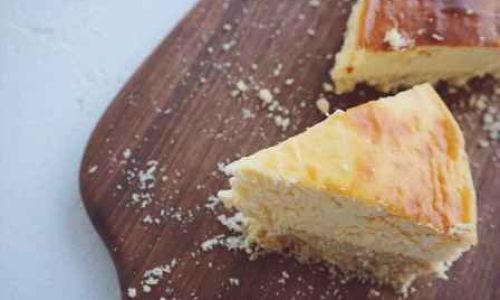
Essential Equipment for Cheesemaking
Before diving into the world of cheesemaking, it’s crucial to have the right tools. Here’s a list of essential equipment you’ll need:
- Cheese Pot: A large, heavy-bottomed pot that can withstand high temperatures without scorching the milk.
- Thermometer: A food-grade thermometer to accurately monitor the temperature of the milk during the heating and curdling processes.
- Cheesecloth or Butter Muslin: These are used for draining whey and shaping the cheese.
- Colander or Strainer: Necessary for separating curds from whey.
- Slotted Spoon: Useful for stirring and gently lifting curds.
- Cheese Mold: Helps shape and press the cheese into desired forms.
- Cheese Press: Applies pressure to expel excess whey, compacting the curds into a firmer cheese.
- Knifes: Sharp knives for cutting curds.
- Measuring Cups and Spoons: For precise ingredient measurements.
- pH Meter (Optional): For advanced cheesemakers who want to monitor the acidity level of their cheese.
- Aging Containers: Airtight containers with good humidity control for aging cheese.
Ingredients for Basic Cheesemaking
The primary ingredient in cheese is, of course, milk. The type of milk you use will influence the final flavor and texture of your cheese. Here are some options:
- Cow’s Milk: The most common type used in cheesemaking. It has a balanced fat and protein content, suitable for a variety of cheeses.
- Goat’s Milk: Produces a tangier, more distinct flavor. Goat cheese is often creamy and spreadable.
- Sheep’s Milk: Known for its rich, buttery flavor. Sheep’s milk cheese tends to be firmer and more crumbly.
- Non-Dairy Milk Alternatives: Soy, almond, and oat milks can be used, but they require specific enzymes and cultures designed for non-dairy cheesemaking.
Other essential ingredients include:
- Rennet: An enzyme derived from the stomachs of calves or other animals (or vegetarian alternatives) that helps coagulate milk into curds.
- Cultures: Starter cultures, such as lactic acid bacteria, acidify the milk, contributing to flavor development and texture.
- Salt: Adds flavor and helps preserve the cheese.
- Enzymes (Optional): Lipase and protease enzymes can be added to enhance flavor and texture.
Basic Steps in Cheesemaking
While there are countless variations and styles of cheese, the fundamental steps in cheesemaking remain consistent:
-
Preparation of Milk: Start with fresh, high-quality milk. Pasteurize it if you’re unsure of its freshness by heating it to 145°F (63°C) for 30 minutes and then cooling it rapidly to below 100°F (38°C).
-
Adding Cultures: Pour the cooled milk into your cheese pot and add the starter culture. Stir gently to distribute evenly. Allow the milk to ripen at the specified temperature for the recommended time, usually a few hours.
-
Coagulation with Rennet: Once the milk has ripened, add the diluted rennet. Stir gently for a few seconds, then let the milk sit undisturbed for the rennet to work. The coagulation time varies based on the type of cheese you’re making but typically ranges from 30 minutes to several hours.
-
Cutting the Curds: Once the curd has formed a firm, jelly-like consistency, use a knife to cut it into small, uniform pieces. The size of the curds will affect the final texture of the cheese. Smaller curds produce a softer cheese, while larger curds result in a firmer texture.
-
Cooking and Stirring: Gradually heat the pot to a specific temperature (usually around 100-105°F, or 38-41°C) while gently stirring the curds to prevent them from matting together. This step helps firm up the curds and release whey.

-
Draining and Pressing: Once the curds have reached the desired firmness, drain off the whey using a colander lined with cheesecloth. Gather the curds into the cloth and hang or press them to remove excess whey. The amount of pressure and time will depend on the type of cheese you’re making.
-
Salting: After pressing, salt the cheese to enhance flavor and aid in preservation. This can be done by sprinkling salt on the surface or by soaking the cheese in a brine solution.
-
Shaping and Aging: Place the salted cheese in a mold and press it further if necessary. Once the cheese has reached its final shape, it can be aged. The aging process allows flavors to develop and textures to mature. The length and conditions of aging vary widely depending on the cheese type. Some cheeses are ready to eat within a few days, while others require months or even years to reach peak flavor.
Examples of Cheese Types and Their Specific Steps
Fresh Cheese (e.g., Ricotta, Mozzarella)
Fresh cheeses are those that are not aged and are consumed soon after production. Ricotta, for instance, is made by heating whey left over from other cheeses and adding an acid (like vinegar or lemon juice) to coagulate the remaining proteins. Mozzarella involves stretching and kneading the hot curds to give it its elastic texture.
Soft Cheese (e.g., Brie, Camembert)
Soft cheeses like brie and camembert have a bloomy rind that forms naturally from a surface culture. They are typically pressed lightly and aged at higher humidity to maintain their creamy interior.
Semi-Hard Cheese (e.g., Cheddar, Gouda)
Semi-hard cheeses undergo more extensive pressing and have a firmer texture. Cheddar, for example, involves cutting the curds into small pieces, cooking them to a higher temperature, and stirring vigorously to create a firm, rubbery texture before pressing and aging.
Hard Cheese (e.g., Parmesan, Pecorino)
Hard cheeses are pressed firmly and aged for long periods, often several months to years. They have a dry, granular texture and a sharp flavor. Parmesan, made from cow’s milk, is aged for at least 12 months to develop its nutty, crystalline texture.
Conclusion
Cheesemaking is a rewarding endeavor that allows you to create delicious, artisanal cheeses tailored to your taste preferences. While the process may seem complex, with patience, practice, and the right tools, you can master the art of cheesemaking. Start with basic recipes and gradually experiment with different types of milk, cultures, and aging techniques to discover your favorite cheeses. Remember, every batch is an opportunity to learn and refine your skills. Happy cheesemaking!
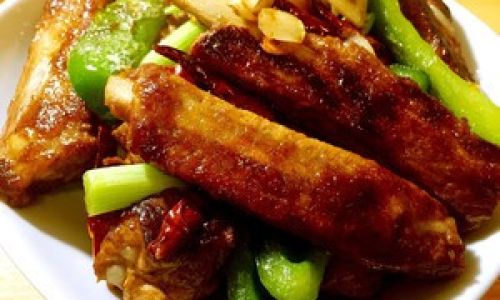
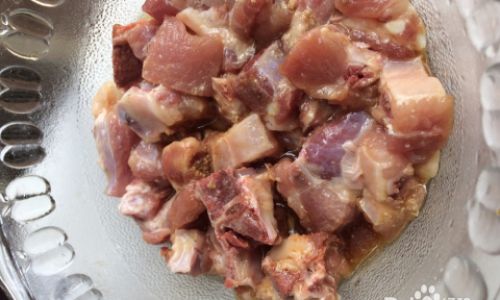

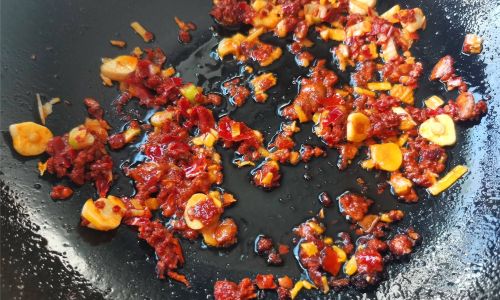

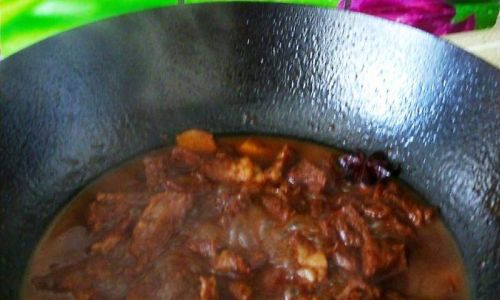
0 comments